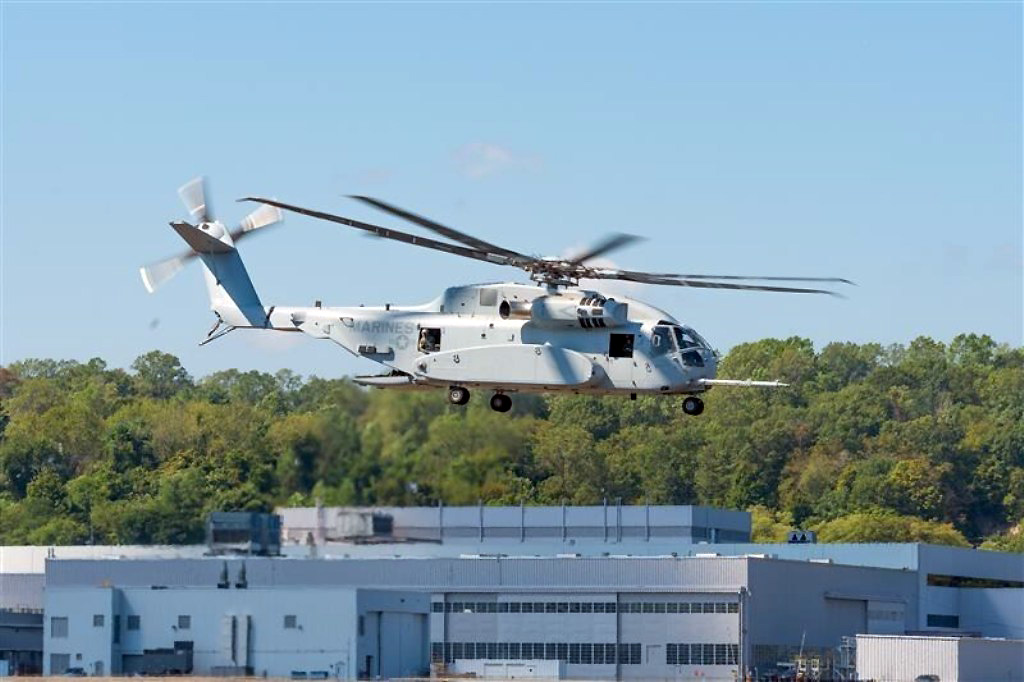The Future of Drone Warfare: L3Harris and the AMORPHOUS Program
Advancements in drone technology are revolutionizing the battlefield, and L3Harris is at the forefront of this transformation with its latest initiative—the Autonomous Multi-domain Operations Resiliency Platform for Heterogeneous Unmanned Swarms (AMORPHOUS). As military operations increasingly require rapid adaptability and efficiency, the ability to control multiple unmanned systems across various domains—land, sea, and air—has become a strategic necessity for modern militaries.
Aiming for MVP by 2025
L3Harris, in collaboration with the Pentagon’s Defense Innovation Unit (DIU), is on a clear timeline to develop a minimum viable product (MVP) for its drone swarm command-and-control (C2) technology. The goal is to have this technology mature into a functional MVP by August 2025. This initiative is crucial for advancing how militaries operate unmanned systems, particularly in complex, multi-domain environments.
During a recent briefing against the backdrop of the Navy League Sea-Air-Space 2025 conference, Jon Rambeau, president of Integrated Mission Systems at L3Harris, articulated a vision for the program that is both ambitious and innovative. He noted that the current developmental phase is set to conclude soon, allowing for a transition into joint development efforts with the DIU.
The Orchestra Conductor Metaphor
One of the most striking insights offered by Rambeau is his metaphorical comparison of the AMORPHOUS system to an orchestra conductor. In this analogy, imagine having hundreds or even thousands of unmanned assets—be they surface vessels, submarines, or aerial drones—each playing their part in a coordinated and harmonious operation. The AMORPHOUS platform is designed to enable a single operator, or perhaps a very small team, to effectively manage this extensive fleet. This approach could significantly reduce the manpower needed on the battlefield while increasing operational efficiency.
Scaling Up Unmanned Operations
While specific details of the C2 capabilities that the MVP will feature remain under wraps, Rambeau expressed optimism about the program’s scaling potential. He anticipates that by the completion of the current contract in August, they will demonstrate the ability of the system to control more than 100 autonomous assets simultaneously, operated across multiple domains. This capacity not only signifies a technological leap but also reflects the Department of Defense’s broader strategy to integrate advanced technologies into military operations.
The Broader Implications for Defense
The implications of the AMORPHOUS program extend far beyond mere technical achievements. As military strategy shifts towards embracing unmanned systems, the ability to coordinate large fleets autonomously could transform engagement tactics. L3Harris’s efforts illustrate a growing recognition within defense circles of the efficiencies and advantages gained through automation and enhanced C2 capabilities.
In conclusion, the AMORPHOUS initiative represents a significant step forward in unmanned systems technology. As L3Harris and DIU continue their collaboration, the landscape of military operations may very well evolve, marked by the seamless orchestration of drone swarms operating in concert across diverse environments. The development of this new command-and-control technology will likely set the stage for the next generation of unmanned warfare, where autonomy and precision play central roles in ensuring mission success.





